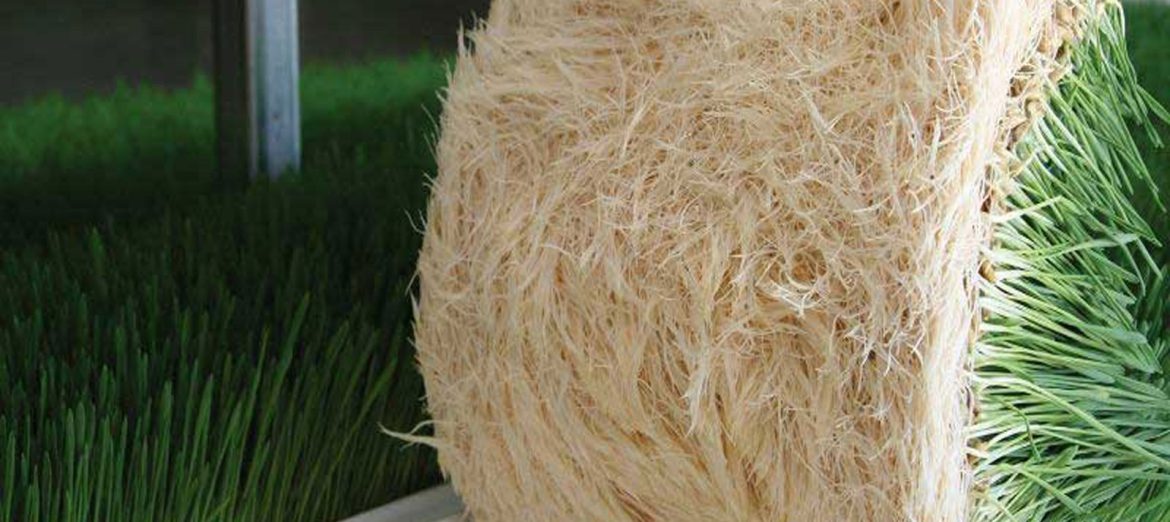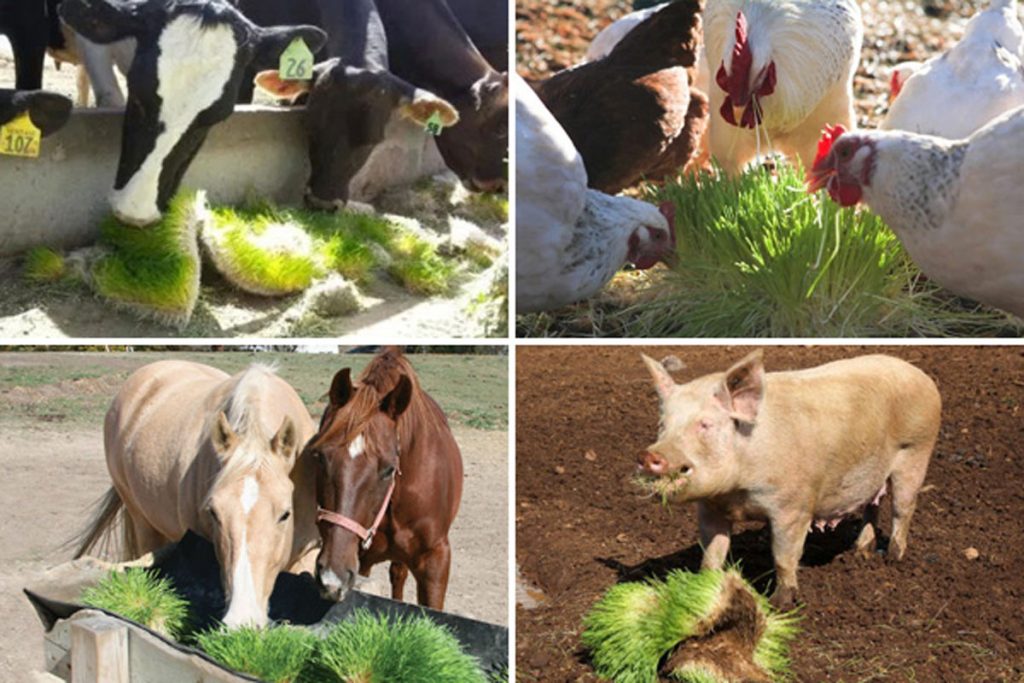
Healthy Feeding for Your Animals with Fresh Feed and Fresh Forage
Innovative Approach to Animal Nutrition: Fresh Feed and Fresh Forage Systems. Join Us for Better Yield, Taste, and Animal Welfare.

Innovative Approach to Animal Nutrition: Fresh Feed and Fresh Forage Systems. Join Us for Better Yield, Taste, and Animal Welfare.
Fresh Feed and Fresh Forage systems automate feed distribution, ensuring animals receive regular and controlled feedings. This reduces feed wastage and improves feed efficiency. Additionally, automatic water supply in Fresh Feed and Fresh Forage systems ensures animals have continuous access to clean water, promoting hydration and maintaining their well-being.
Another advantage of Fresh Feed and Fresh Forage systems in animal farming is their ability to reduce the risk of diseases and infections. Animals fed with natural nutrients develop stronger immune systems, becoming more resilient to diseases. Furthermore, automatic cleaning and hygienic conditions in Fresh Feed and Fresh Forage systems help minimize hygiene issues.
These systems also enhance animal comfort. Fresh feed and fresh forage provide an environment where animals can exhibit natural behaviors and move comfortably. Additionally, Fresh Feed and Fresh Forage systems allow animals to access and consume their own feed, encouraging their natural feeding behaviors.
Fresh Feed and Fresh Forage systems are transforming animal farming. They promote healthier feeding practices, strengthen animal resistance against diseases, and ensure comfortable rearing conditions. Consequently, they improve animal welfare and increase productivity in the livestock industry. Animals fed with fresh feed and fresh forage produce higher-quality meat, milk, or eggs. High-quality feed results in improved nutritional content and enhanced quality of animal products, providing consumers with healthier and more nutritious food.
Moreover, feed distribution is regulated and controlled through Fresh Feed and Fresh Forage systems. This prevents waste and reduces costs. Automatic water supply ensures animals have continuous access to clean water, optimizing water usage.

Fresh Feed and Fresh Forage systems also offer significant environmental advantages. These systems require less water usage in agricultural fields, contributing to water conservation efforts. Furthermore, by enabling more animals to be reared in smaller areas traditionally used in livestock farming, efficient land utilization is achieved, preventing the expansion of agricultural land.
By incorporating Fresh Feed and Fresh Forage systems, animal farming becomes part of sustainable agricultural practices. These systems promote more efficient use of natural resources, save water and energy, and reduce environmental impacts. Moreover, they decrease the waste and pollution generated by conventional animal farming methods, creating an environmentally friendly livestock system.
The benefits provided by Fresh Feed and Fresh Forage systems hold significant value for both farmers and consumers. Farmers can rear animals more efficiently, reducing costs and increasing income. Consumers gain access to healthier, higher-quality, and sustainable animal products.
Fresh Feed and Fresh Forage systems bring about a transformation in the livestock industry. They enhance animal welfare, increase productivity, reduce environmental impacts, and establish a sustainable livestock system. These benefits make them of great importance in urban agriculture. Urban agriculture plays a critical role in ensuring food security and sustainability in cities facing growing populations and limited agricultural land. Fresh Feed and Fresh Forage systems offer a promising solution for the future of urban agriculture.
These systems are ideal for individuals and organizations involved in urban farming, where limited space is available. Utilizing urban farming techniques such as vertical farming or rooftop gardens, fresh feed and fresh forage can be produced. Fresh Feed and Fresh Forage systems enable animal rearing even in limited areas. This allows urban dwellers to produce their own fresh and healthy food, contribute to local food production, and ensure food security.
Furthermore, the utilization of Fresh Feed and Fresh Forage systems reduces the environmental impact of urban agriculture. These systems promote water conservation and minimize agricultural waste. Compared to traditional farming methods, significant water savings can be achieved, and the release of agricultural waste into the environment can be prevented.
The use of these systems in urban agriculture also contributes to the increase of green spaces in cities. Areas utilized for rooftop gardens or vertical farming systems enhance urban landscapes, improve air quality, and support biodiversity.
Fresh Feed and Fresh Forage systems offer a promising step towards the future of urban agriculture. These systems enable efficient food production even in limited areas, reduce environmental impacts, save water and energy, and contribute to local food production. With the growth of urban agriculture, access to fresh and healthy food becomes easier, and the issue of food security in cities can be resolved. Therefore, Fresh Feed and Fresh Forage systems play an important role in urban agriculture projects and are expected to become more widespread in the future.
Our company offers a wide range of products in Fresh Feed and Fresh Forage systems. Each system is produced in accordance with high-quality standards and equipped with user-friendly features. The use of these systems enables more efficient, sustainable, and convenient urban agriculture.
In conclusion, our company’s urban agriculture systems provide quality, efficiency, and sustainability with Fresh Feed and Fresh Forage solutions. We offer our customers the opportunity to cultivate high-quality products, achieve water and energy savings, and meet their own food needs. To be a part of the future of urban agriculture, reach out to us and explore our systems.
